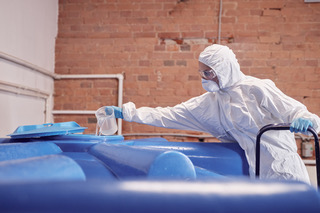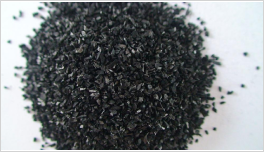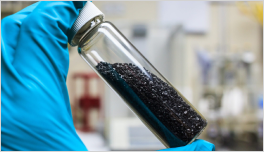Chemical Disinfection
Chemical disinfection is like sending in the cleanup crew to eliminate harmful microorganisms in water. Imagine these disinfectants as tiny superheroes—chlorine, chloramine, ozone, and iodine—ready to battle bacteria, viruses, and other nasties. Their mission: make water safe to drink! 💧
How It Works:
- Primary Disinfection: After water goes through filtration and other treatment steps, we inject precise amounts of disinfectant chemicals. These chemicals get to work, zapping microorganisms like a boss.
- Secondary Disinfection: Just to be extra safe, we often follow up with a second round of disinfection as water travels through pipes to your home. Think of it as the microbial equivalent of a double-tap.
Why Do We Need It?
Waterborne Disease Prevention: Raw water sources (especially surface water like rivers or lakes) can be teeming with bacteria and other pathogens. Runoff from sewers and septic systems doesn’t help either. Disinfection is our shield against waterborne diseases. Pipe Protection: Even the pipes that deliver water to your tap can harbor germs. Chemical disinfection ensures those little critters don’t hitch a ride to your glass.
Advantages of Chemical Disinfection
- Effective: These disinfectants are like precision snipers—they target and neutralize pathogens.
- Cheap: Chemical disinfection won’t break the bank.
- Distribution System Defense: The disinfectants stick around in the water, safeguarding it all the way to your faucet.
So, next time you take a sip, raise your glass to those unsung chemical heroes! 🥂 If you want to explore more or chat about anything else, feel free to ask! 😊👍





